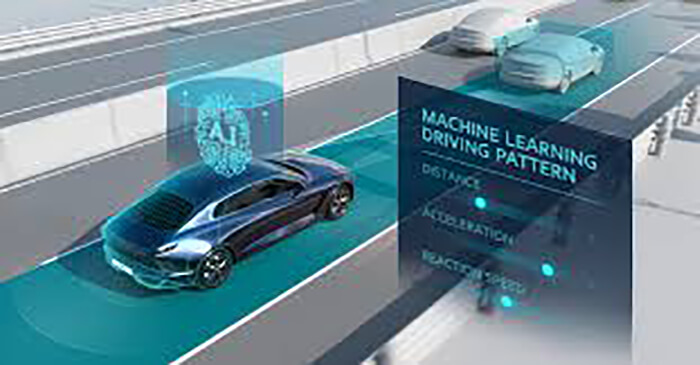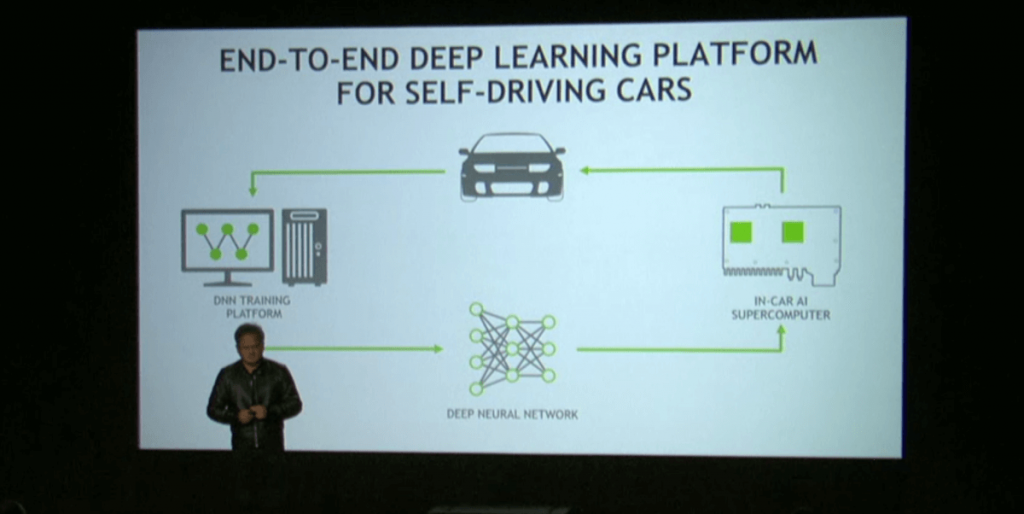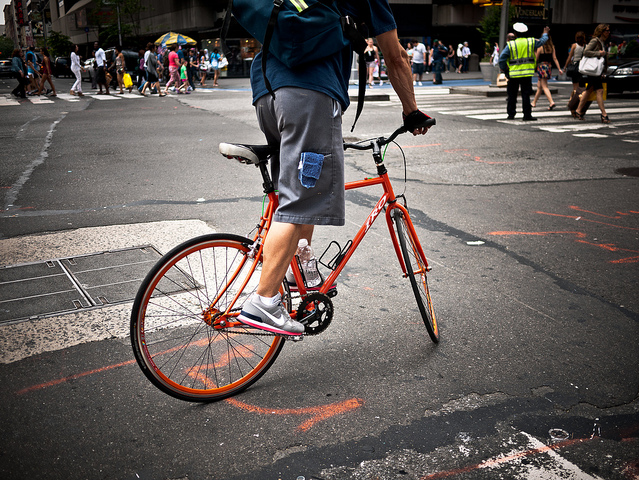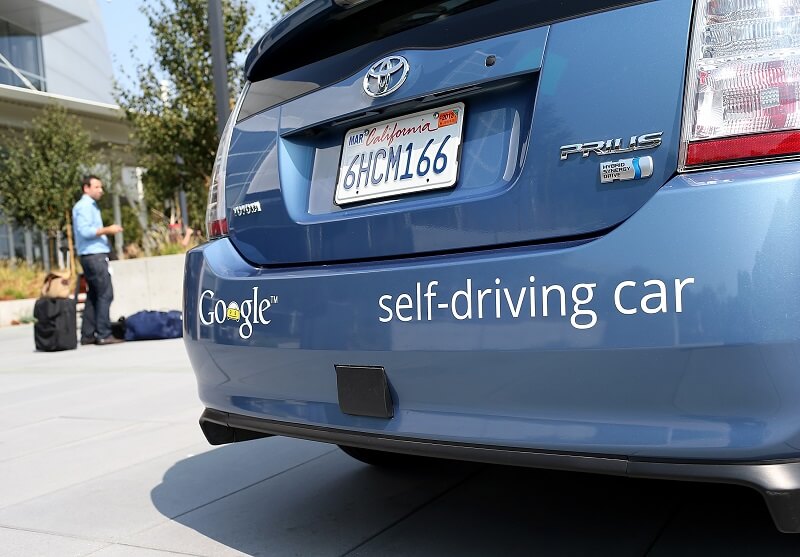Autonomous Cars Will self Learn Like Mobile Phones

Self Learning Autonomous Cars
At the moment we get daily updates from our smartphones for our apps and the operating systems even getting these updates while we sleep.
It is proposed that we will also get automated updates for our smart cars in the future which will help the car to handle cyclists, dogs, balls rolling into the path of the car and other uncertainties that we daily face out on the roads.
Adam Thierer, a senior research fellow with the Technology Policy Program at George Mason University's Mercatus Center who studied Google's descriptions of odd situations its autonomous vehicles have encountered, and Tesla's Autopilot update downloads had this to say,
"The way Tesla’s treating a car, it’s like rolling code, a rolling computer, it’s becoming like our phones,"
"We get daily updates for our phones, for our apps and our operating system. That’s going to happen for our cars."

‘Standing braking.'
Have you ever heard of what’s known as standing breaking? This is the phenomenon that cyclists engage in all over the world. You may have noticed this before but hadn’t got the word or phrase to describe it.
You may have seen cyclists coming up on a red light or a stop sign and instead of coming to a halt and putting their feet on the ground, some cyclists stand on both pedals gently rocking back and forth to maintain balance without proceeding. That is known as "standing braking." or "Track Stand" 
This is one situation that future autonomous vehicles will need to account for as a lot of people who ride bikes can get really good at track stands. Driverless cars such as the autonomous Google cars were seeing people engaging in standing braking and the vehicle didn’t know what to do. To the car's on board computer, it looked as if the cyclist was actually still moving forward. This could be a huge problem and very dangerous if the self-driving industry doesn’t find a safe solution to such uncertain events.
When this problem was identified, Google engineers had to go back and program the self-driving vehicle to tackle standing braking problem, and it was fixed with new software patches.
The answer to all these concerns is for the autonomous car to be self-learning and the only way to really accomplish this is for the cars to keep putting themselves into real-world situations. The car will learn by doing.
Technician and developers are learning from the leaders in the industry Tesla Motors. They make available a public record which demonstrates the effectiveness of their on-the-fly over-the-air downloadable updates for the Tesla Autopilot, where you can see every software update. It is quite amazing the iterations they do, on the fly, in their autonomous electric cars. 

Author

Justin Kavanagh
Justin Kavanagh is a recognised leader
in automotive intelligence and vehicle
data supply to the entire motor industry.
He has almost 20 years experience in
building systems from the ground up.
As the Managing Director of Vehicle
Management System, he understands the
need and importance of trustworthy and
reliable vehicle history and advice to
both the trade and the public.
Follow me on LinkedIn